Home>Gardening & Outdoor>Pool & Spa Care>How To Waterproof A Wooden Hot Tub
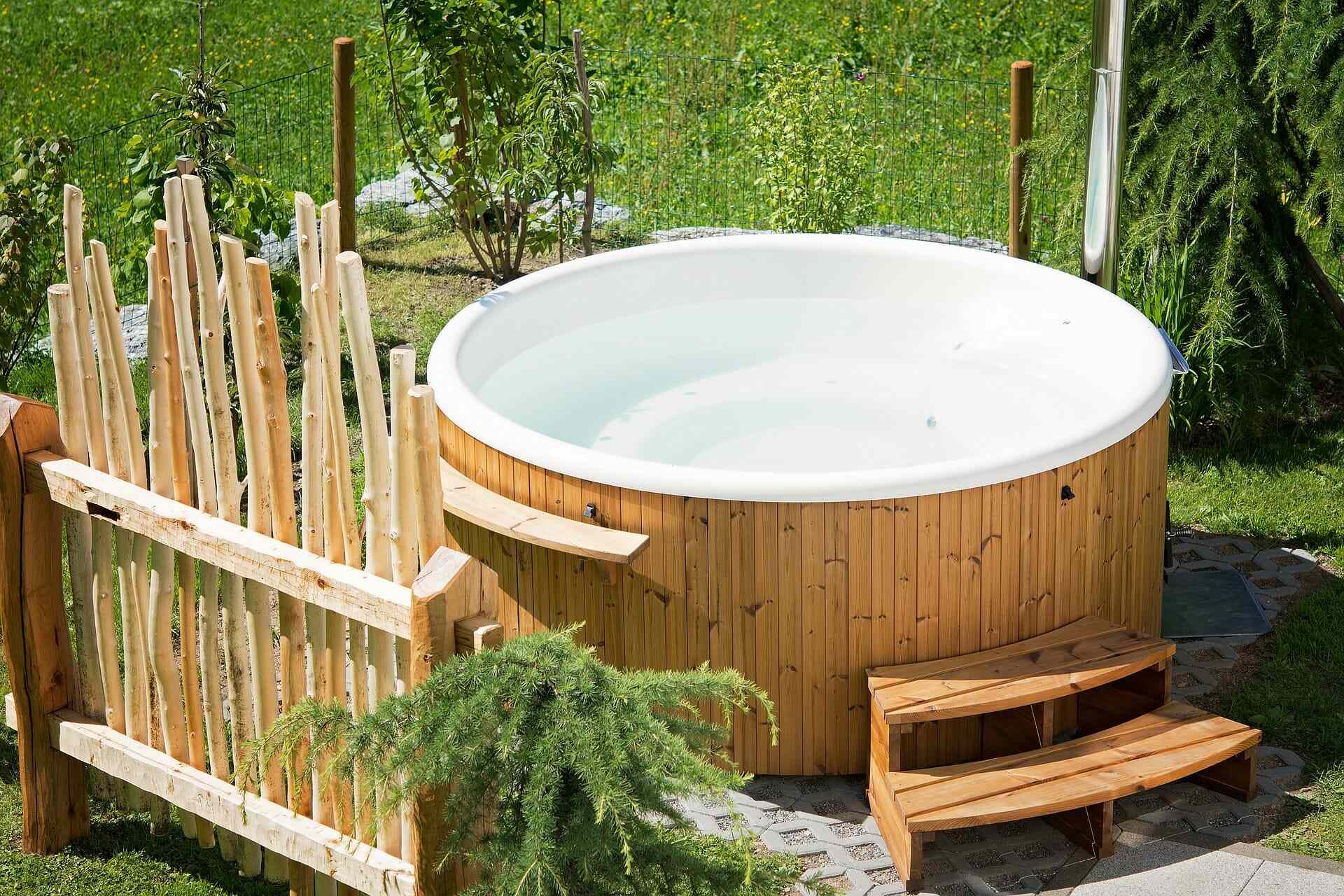

Pool & Spa Care
How To Waterproof A Wooden Hot Tub
Modified: January 5, 2024
Learn how to waterproof a wooden hot tub with our expert pool and spa care tips. Protect your investment and enjoy a long-lasting, leak-free hot tub experience.
(Many of the links in this article redirect to a specific reviewed product. Your purchase of these products through affiliate links helps to generate commission for Storables.com, at no extra cost. Learn more)
Introduction
Welcome to the world of luxurious relaxation and rejuvenation – the realm of wooden hot tubs. There’s something undeniably charming and inviting about a wooden hot tub nestled in a serene backyard, offering a tranquil escape from the hustle and bustle of everyday life. However, to ensure that your wooden hot tub remains a source of bliss for years to come, it’s crucial to take proactive measures to protect it from the elements. One of the most vital steps in maintaining the integrity of a wooden hot tub is waterproofing. In this guide, we’ll walk you through the process of waterproofing a wooden hot tub, ensuring its longevity and preserving its natural beauty.
Before we dive into the nitty-gritty of waterproofing, it’s important to understand the significance of this process. Wood, while undeniably charming and warm, is susceptible to moisture damage. Without proper protection, wooden hot tubs can fall victim to rot, warping, and decay, ultimately compromising their structural integrity and aesthetic appeal. By waterproofing your wooden hot tub, you not only shield it from the detrimental effects of moisture but also prolong its lifespan, allowing you to continue indulging in soothing soaks and creating cherished memories for years to come.
So, if you’re ready to embark on the journey of safeguarding your wooden hot tub against the elements, gather your materials and let’s get started on this rewarding endeavor.
Key Takeaways:
- Protect your wooden hot tub from moisture damage by waterproofing it with the right sealant and materials. This ensures longevity and preserves its natural beauty for years of relaxation and enjoyment.
- Thoroughly prepare the hot tub’s surface, apply waterproof sealant, seal joints, and finish with regular maintenance to safeguard against moisture and enhance its visual appeal.
Read more: How To Waterproof Hot Tub Cover
Materials Needed
Before you begin the process of waterproofing your wooden hot tub, it’s essential to gather the necessary materials. Here’s a comprehensive list of items you’ll need to ensure a successful waterproofing endeavor:
- High-quality waterproof sealant specifically designed for wooden surfaces
- Protective gear, including gloves and a mask, to safeguard yourself during the application process
- Sandpaper or a sander to smooth the surface of the wooden hot tub
- Clean, lint-free cloths for wiping and applying the sealant
- Caulking compound to seal joints and seams
- Paintbrushes or foam brushes for applying the sealant
- Wood filler for addressing any cracks or imperfections in the wood
- Waterproof wood glue for reinforcing joints and connections
- Paint stirrers for thoroughly mixing the sealant before application
- Mineral spirits or paint thinner for cleaning brushes and removing excess sealant
- Plastic sheeting or drop cloths to protect surrounding areas from sealant drips
By ensuring that you have these materials on hand, you’ll be well-prepared to embark on the journey of waterproofing your wooden hot tub. With the right tools at your disposal, you can proceed with confidence, knowing that you’re equipped to preserve and protect your wooden hot tub effectively.
Step 1: Preparing the Wooden Hot Tub
Before you can begin the process of waterproofing your wooden hot tub, it’s crucial to thoroughly prepare the surface to ensure optimal adhesion and long-lasting results. Here’s a step-by-step guide to preparing your wooden hot tub for the waterproofing process:
- Inspect the Surface: Carefully examine the entire surface of the wooden hot tub, paying close attention to any signs of damage, such as cracks, splinters, or areas of decay. It’s essential to address these issues before proceeding with waterproofing to prevent further deterioration.
- Repair Imperfections: Use wood filler to fill in any cracks, gaps, or imperfections in the wood. Smooth the filled areas with sandpaper or a sander to create a level surface, ensuring that the sealant will adhere uniformly.
- Sand the Surface: Lightly sand the entire surface of the wooden hot tub to remove any existing sealant, rough patches, or debris. This step promotes optimal adhesion and allows the new sealant to penetrate the wood effectively.
- Clean the Surface: Thoroughly clean the sanded surface to remove dust, dirt, and any residual particles. Use a clean, lint-free cloth and a mild wood cleaner to ensure that the surface is free of any contaminants that could compromise the waterproofing process.
- Protect Surrounding Areas: Cover the surrounding areas, such as the deck or patio, with plastic sheeting or drop cloths to prevent sealant drips from affecting other surfaces.
By meticulously following these preparatory steps, you’ll lay the groundwork for a successful waterproofing application. Taking the time to prepare the wooden hot tub’s surface ensures that the sealant will adhere effectively and provide comprehensive protection against moisture, preserving the integrity and beauty of your wooden hot tub for years to come.
Step 2: Applying Waterproof Sealant
Now that you’ve diligently prepared the surface of your wooden hot tub, it’s time to apply the waterproof sealant. This crucial step forms a protective barrier, shielding the wood from moisture and environmental elements. Here’s a detailed guide to effectively applying waterproof sealant to your wooden hot tub:
- Choose the Right Sealant: Select a high-quality waterproof sealant specifically formulated for wooden surfaces. Consider factors such as durability, UV resistance, and ease of application when choosing the ideal sealant for your wooden hot tub.
- Stir the Sealant: Thoroughly mix the sealant using a paint stirrer to ensure uniform consistency. Properly blending the sealant is essential for optimal performance and longevity.
- Apply the First Coat: Using a paintbrush or foam brush, apply the first coat of sealant to the entire surface of the wooden hot tub. Ensure even coverage, working in the direction of the wood grain for a seamless finish.
- Allow for Absorption: Let the first coat of sealant absorb into the wood as per the manufacturer’s recommended duration. This allows the sealant to penetrate the wood fibers, enhancing its protective capabilities.
- Apply Subsequent Coats: Depending on the sealant’s instructions, apply additional coats as necessary to achieve the desired level of waterproofing. Each coat adds an extra layer of protection, fortifying the wooden hot tub against moisture and enhancing its resilience.
By meticulously following these steps, you’ll effectively apply the waterproof sealant, fortifying your wooden hot tub against the detrimental effects of moisture and environmental factors. This proactive measure not only safeguards the wood from decay and deterioration but also contributes to the longevity and enduring beauty of your wooden hot tub.
To waterproof a wooden hot tub, apply a marine-grade sealant to the interior and exterior of the tub. This will protect the wood from water damage and extend the tub’s lifespan.
Step 3: Sealing the Joints and Seams
Ensuring that the joints and seams of your wooden hot tub are effectively sealed is a critical aspect of the waterproofing process. By addressing these vulnerable areas, you can prevent water infiltration and preserve the structural integrity of the hot tub. Here’s a comprehensive guide to sealing the joints and seams of your wooden hot tub:
- Inspect for Vulnerable Areas: Thoroughly examine the joints, seams, and connections of the wooden hot tub, identifying any areas where water could potentially penetrate. Common vulnerable spots include where the staves meet, as well as any gaps around fittings and accessories.
- Apply Caulking Compound: Use a high-quality caulking compound specifically designed for outdoor use on wooden surfaces. Carefully apply the caulking compound to seal the identified vulnerable areas, ensuring a tight and secure seal to prevent water ingress.
- Smooth and Blend: After applying the caulking compound, use a damp cloth or tool to smooth and blend the sealant, creating a seamless finish that complements the natural aesthetics of the wooden hot tub.
- Allow for Proper Curing: Follow the manufacturer’s recommendations regarding the curing time for the caulking compound. Allowing sufficient time for curing ensures that the sealant forms a durable and effective barrier against moisture.
- Inspect and Touch Up: Once the caulking compound has cured, inspect the sealed joints and seams for any missed areas or imperfections. Touch up as needed to guarantee comprehensive coverage and protection.
By meticulously sealing the joints and seams of your wooden hot tub, you fortify its vulnerable areas against water intrusion, contributing to its longevity and structural resilience. This proactive measure not only safeguards the hot tub from potential leaks and damage but also enhances its visual appeal, ensuring that it remains a stunning centerpiece of relaxation and enjoyment.
Read more: How To Make A Wooden Hot Tub
Step 4: Finishing Touches
As you near the completion of the waterproofing process for your wooden hot tub, attending to the finishing touches is essential to ensure a comprehensive and polished outcome. These final steps not only enhance the protective qualities of the sealant but also contribute to the overall aesthetic appeal of the hot tub. Here’s a guide to the crucial finishing touches that will elevate the waterproofing of your wooden hot tub:
- Reinforce Joints and Connections: Inspect the hot tub’s joints, fittings, and connections, and apply waterproof wood glue to reinforce and seal these critical areas. This additional measure enhances the hot tub’s structural integrity and further safeguards it against moisture infiltration.
- Clean and Polish: Once the waterproofing process is complete, thoroughly clean the surface of the wooden hot tub to remove any residual sealant or debris. Polish the surface to a lustrous finish, accentuating the natural beauty of the wood and the protective sheen of the sealant.
- Inspect for Imperfections: Carefully inspect the entire hot tub for any missed spots, uneven sealant application, or imperfections. Touch up these areas as needed to ensure uniform coverage and protection.
- Allow for Proper Curing: After completing the finishing touches, allow the sealant to cure fully according to the manufacturer’s recommendations. Adequate curing time is crucial for the sealant to achieve its maximum protective capabilities.
- Regular Maintenance: Emphasize the importance of regular maintenance to preserve the waterproofing and overall condition of the wooden hot tub. Periodically inspect the sealant for wear and reapply it as necessary to maintain optimal protection.
By attending to these essential finishing touches, you not only enhance the protective qualities of the waterproof sealant but also elevate the visual allure of your wooden hot tub. This meticulous approach ensures that your hot tub remains a beacon of relaxation and luxury, offering enduring beauty and tranquility for years to come.
Conclusion
Congratulations on successfully waterproofing your wooden hot tub! By undertaking this proactive measure, you’ve taken a significant step towards preserving the beauty, integrity, and longevity of your cherished relaxation oasis. The process of waterproofing a wooden hot tub is not only a practical endeavor but also an investment in the enduring enjoyment and visual appeal of this luxurious amenity.
Throughout this guide, you’ve learned the importance of waterproofing, the essential materials needed, and the meticulous steps involved in safeguarding your wooden hot tub against moisture and environmental elements. From preparing the surface and applying the waterproof sealant to sealing the joints and completing the finishing touches, you’ve demonstrated a steadfast commitment to maintaining and protecting your wooden hot tub.
As you revel in the tranquility and rejuvenation offered by your waterproofed wooden hot tub, remember that regular maintenance is key to preserving its protective qualities. Periodically inspect the sealant for wear and reapply it as needed to uphold its resilience and ensure enduring protection against the elements.
With your wooden hot tub now fortified against the detrimental effects of moisture, you can continue to bask in its warm embrace, creating cherished moments of relaxation and bliss. Whether it’s a serene solo soak or a delightful gathering with loved ones, your waterproofed wooden hot tub stands as a symbol of timeless elegance and unwavering resilience.
So, as you embark on this journey of preserving and nurturing your wooden hot tub, may it continue to be a source of joy, rejuvenation, and cherished memories for years to come.
Frequently Asked Questions about How To Waterproof A Wooden Hot Tub
Was this page helpful?
At Storables.com, we guarantee accurate and reliable information. Our content, validated by Expert Board Contributors, is crafted following stringent Editorial Policies. We're committed to providing you with well-researched, expert-backed insights for all your informational needs.
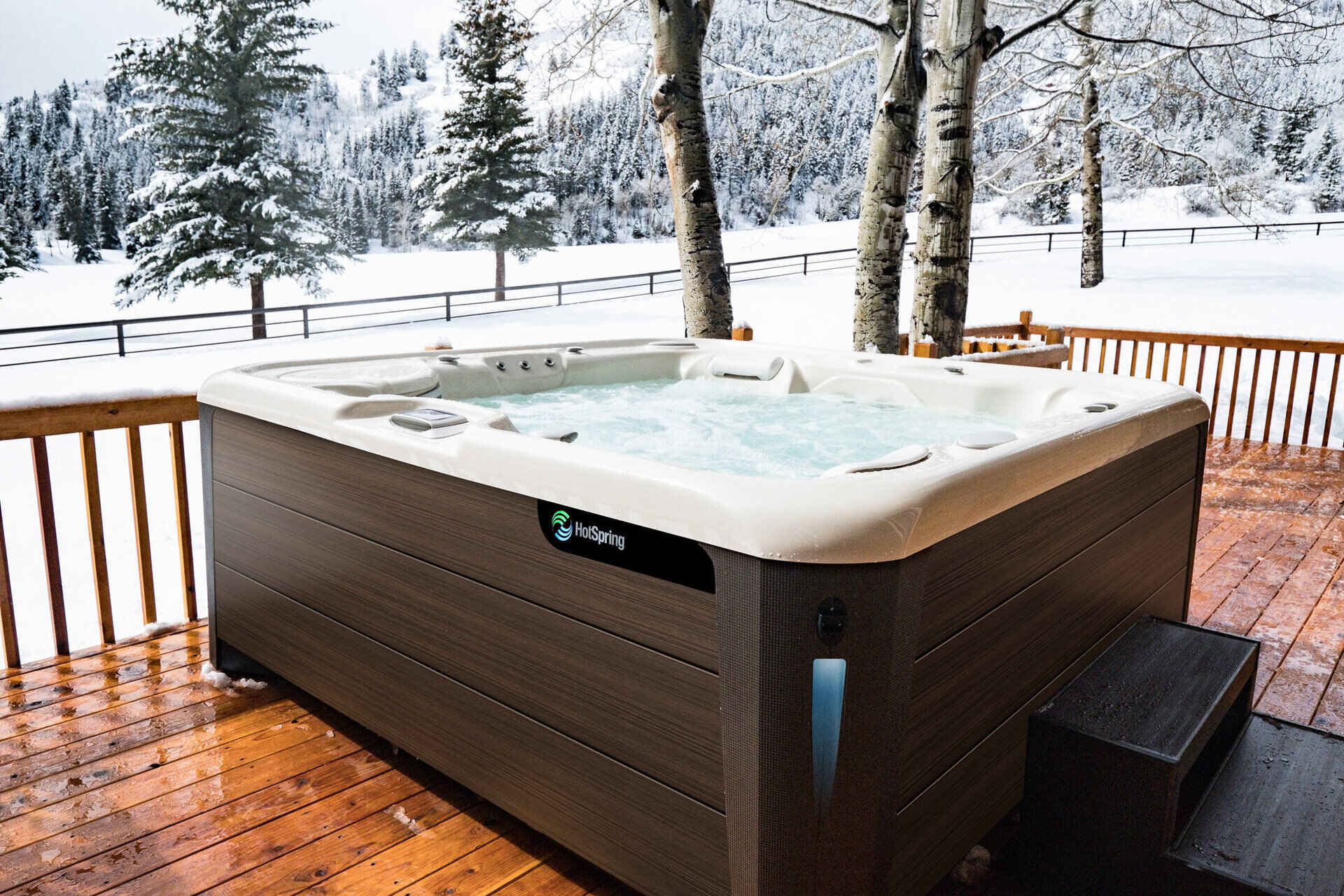
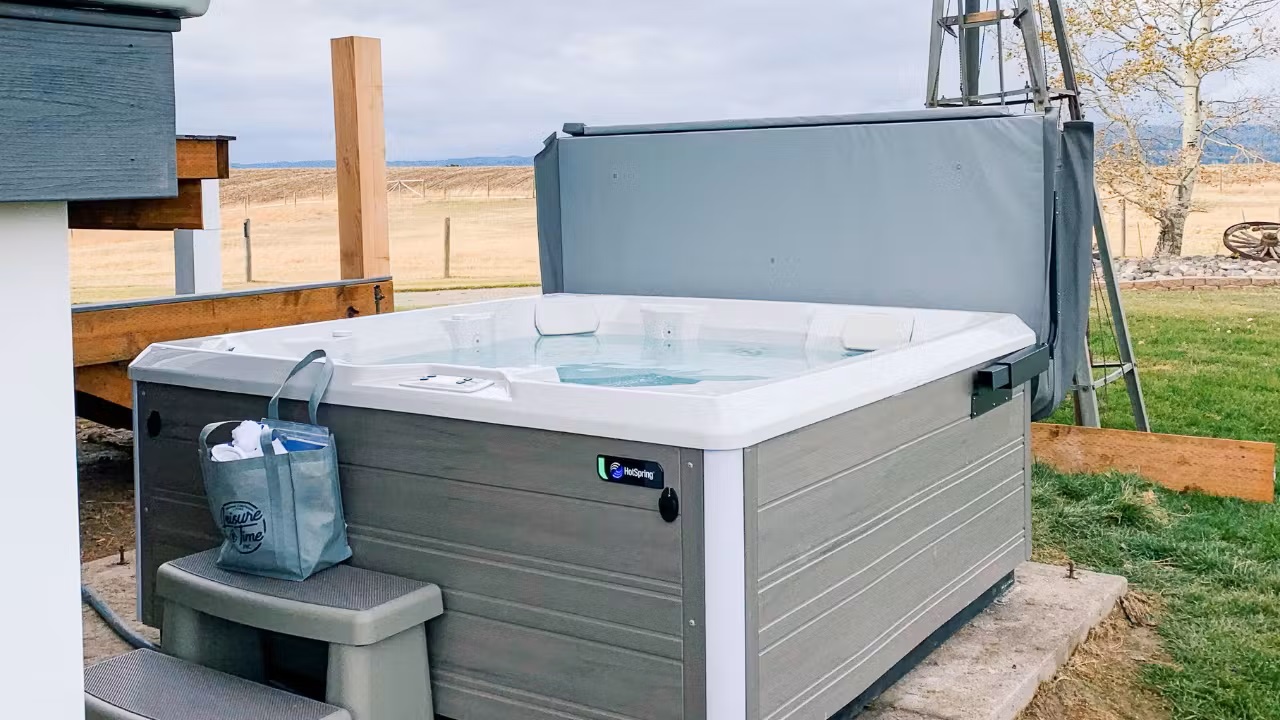
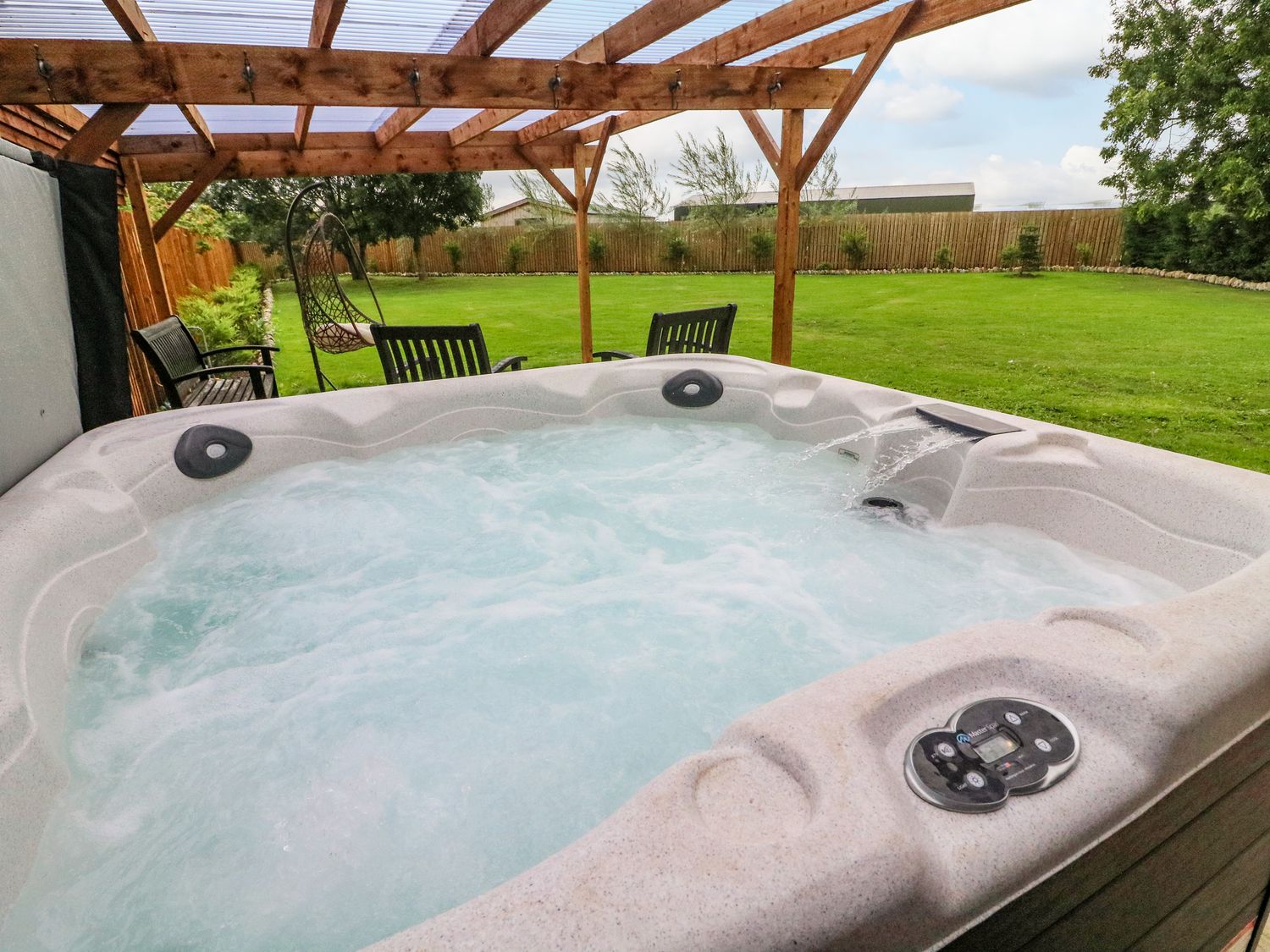
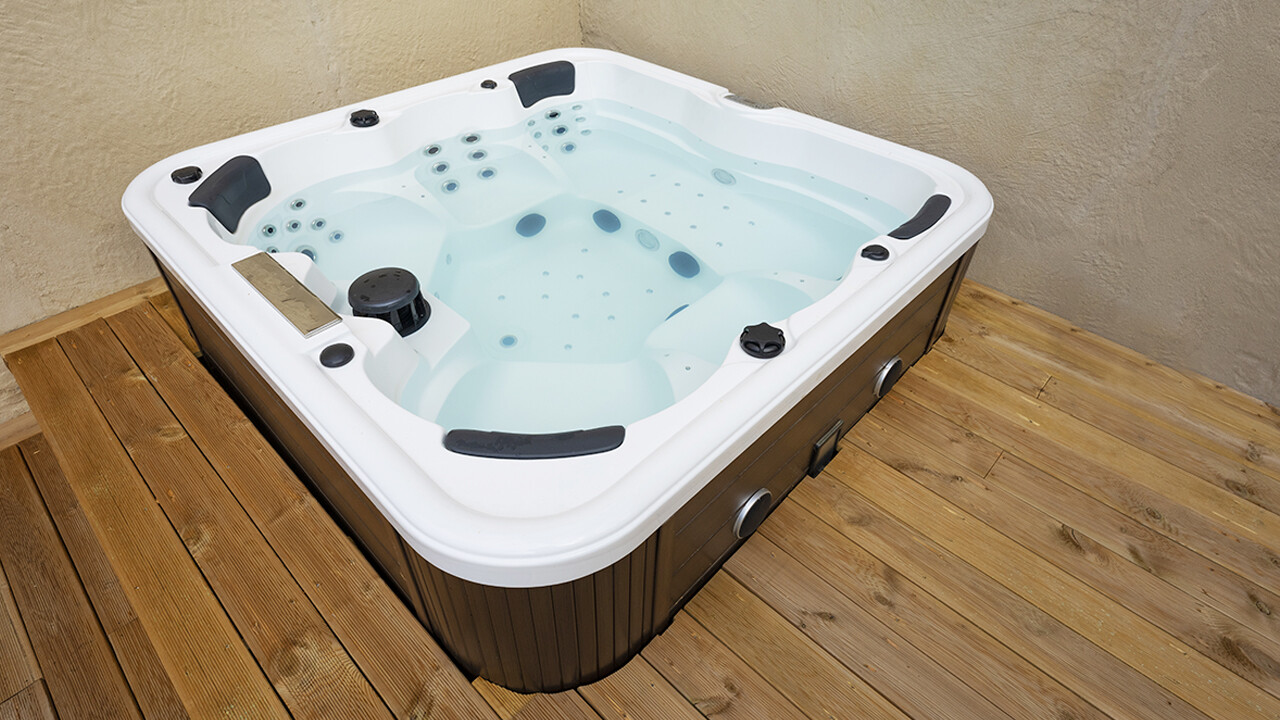
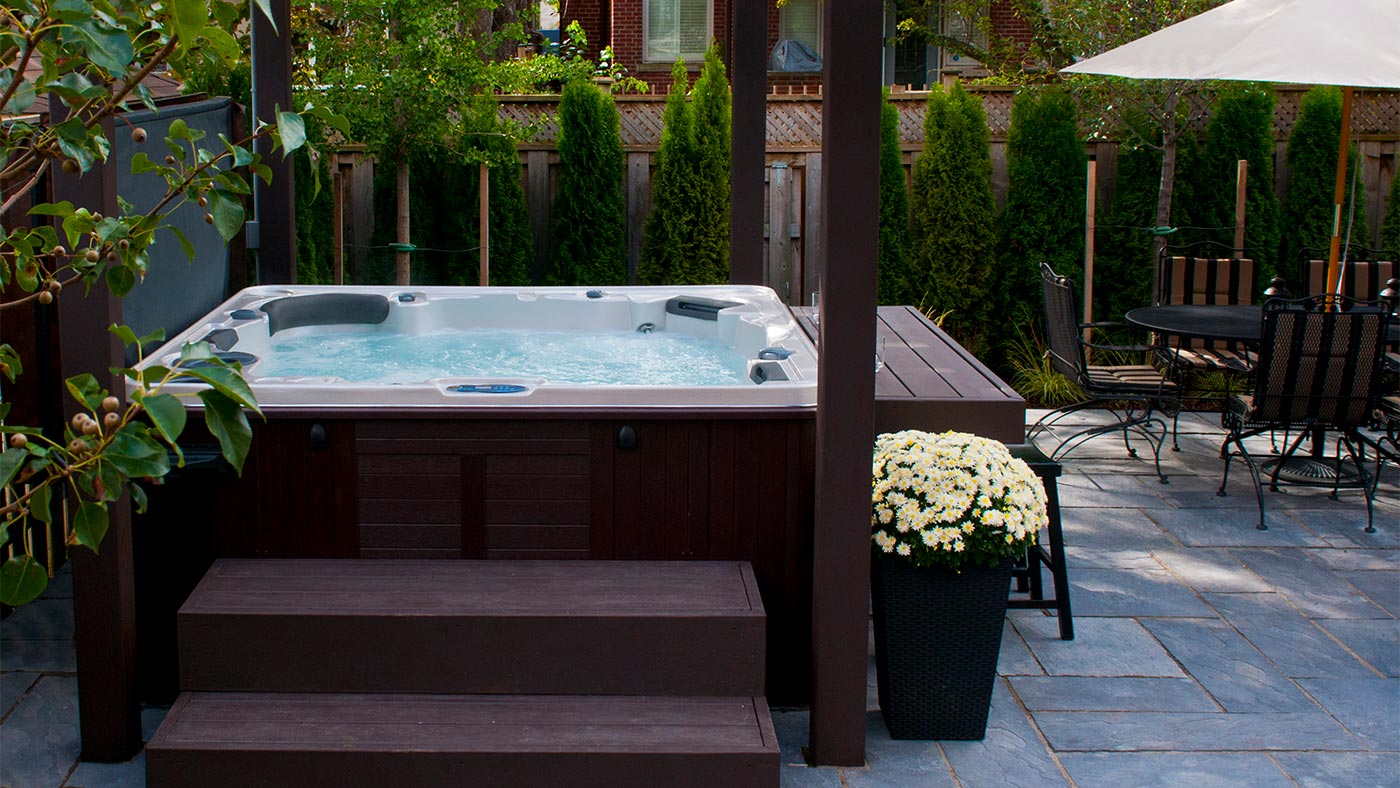
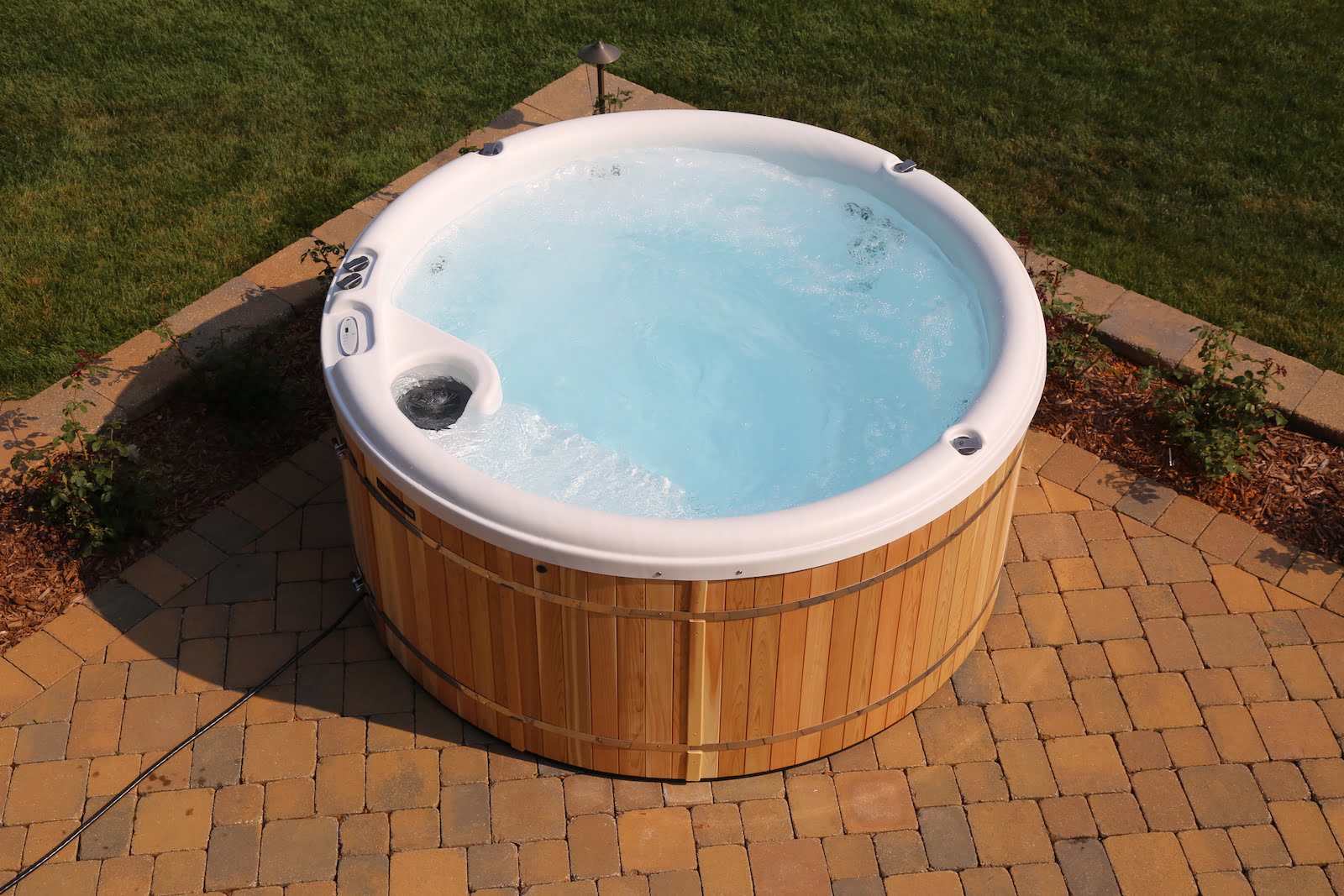
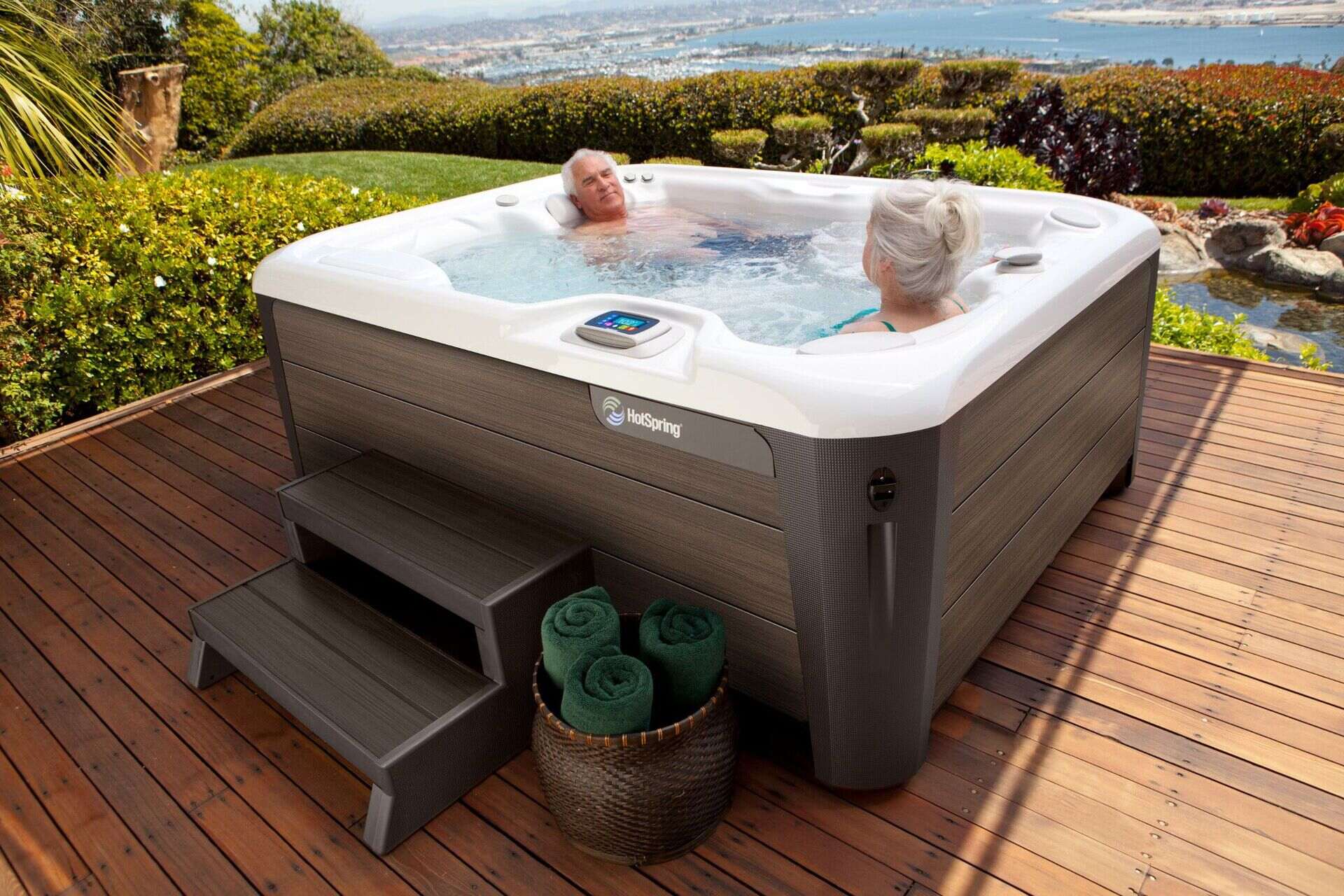
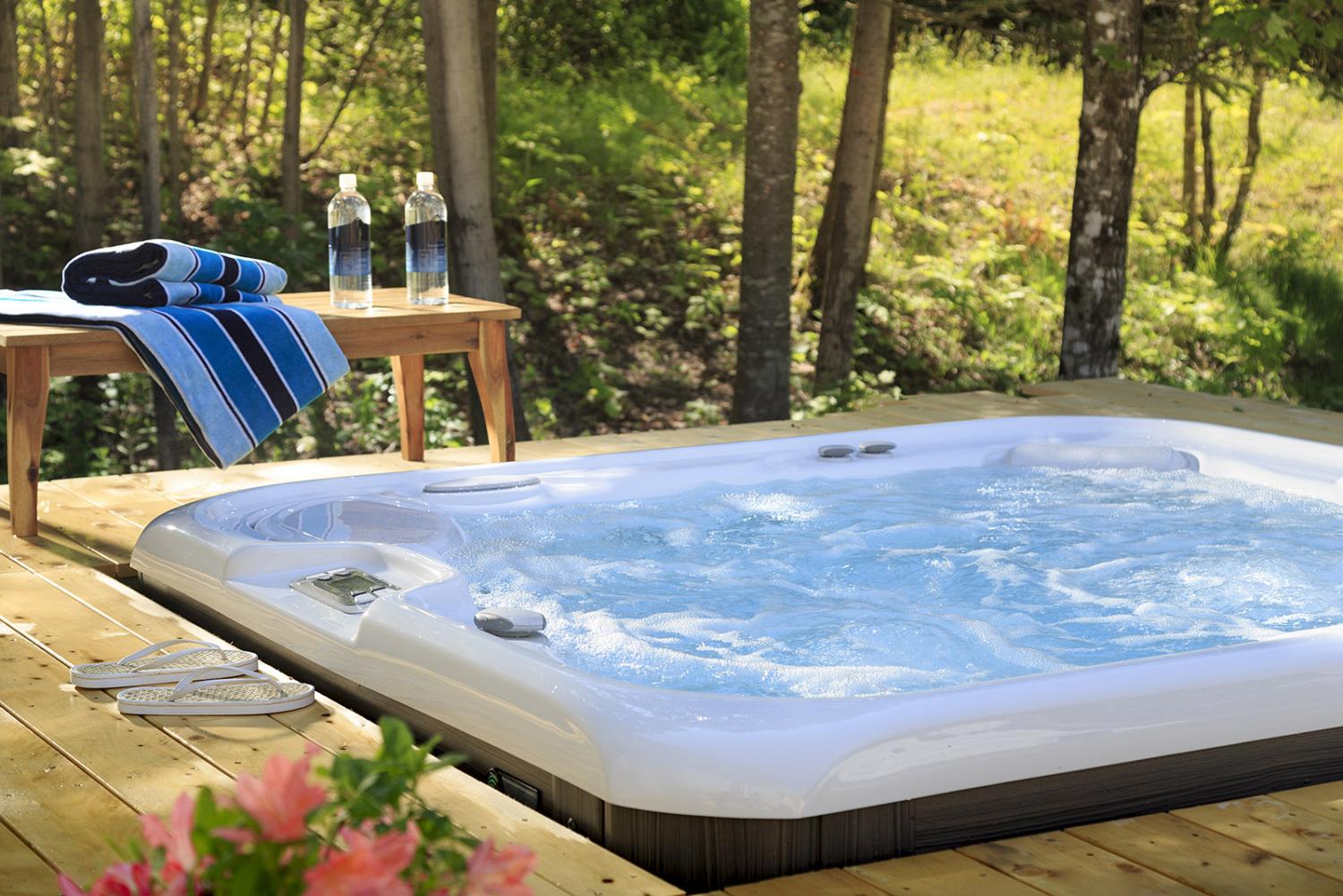
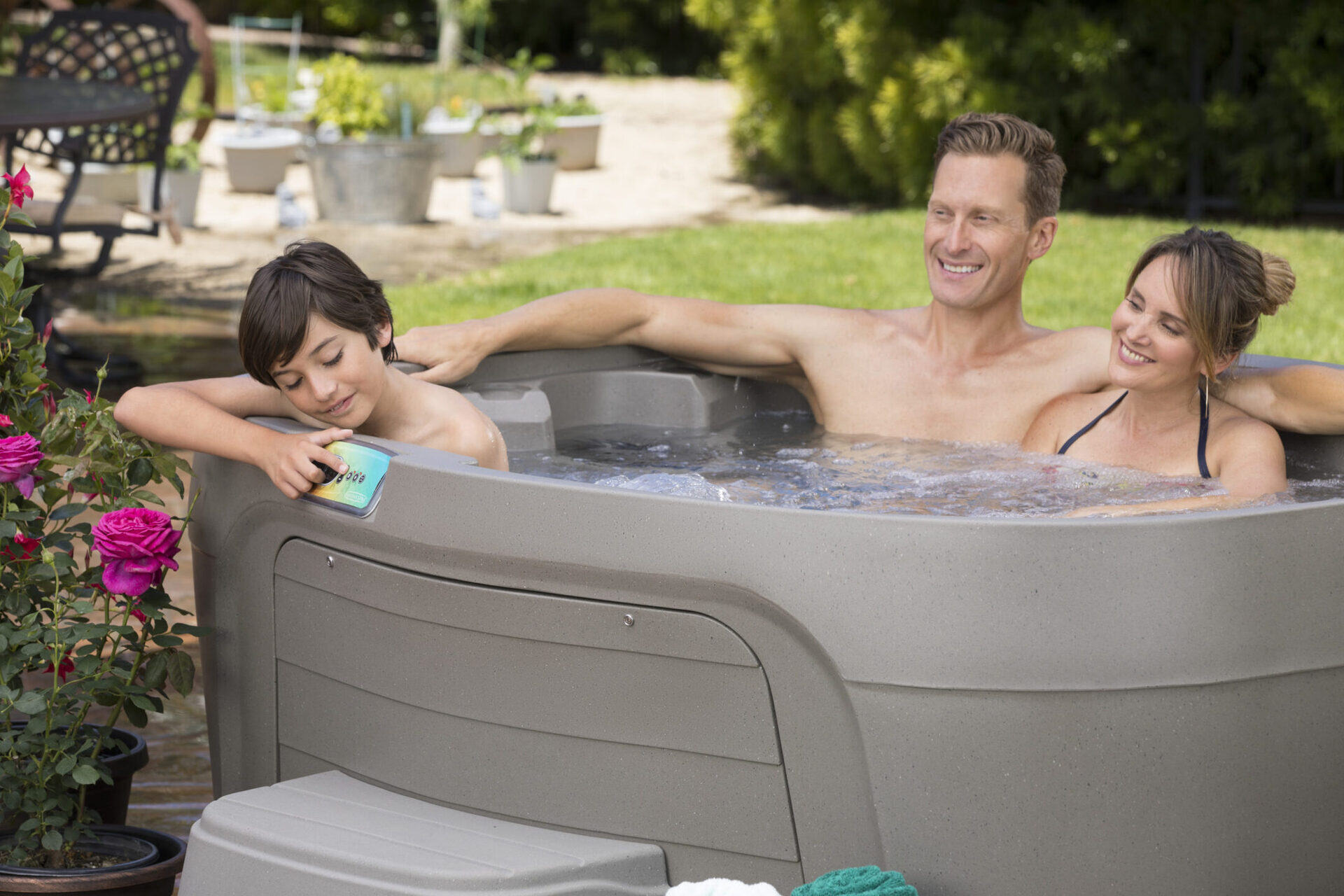
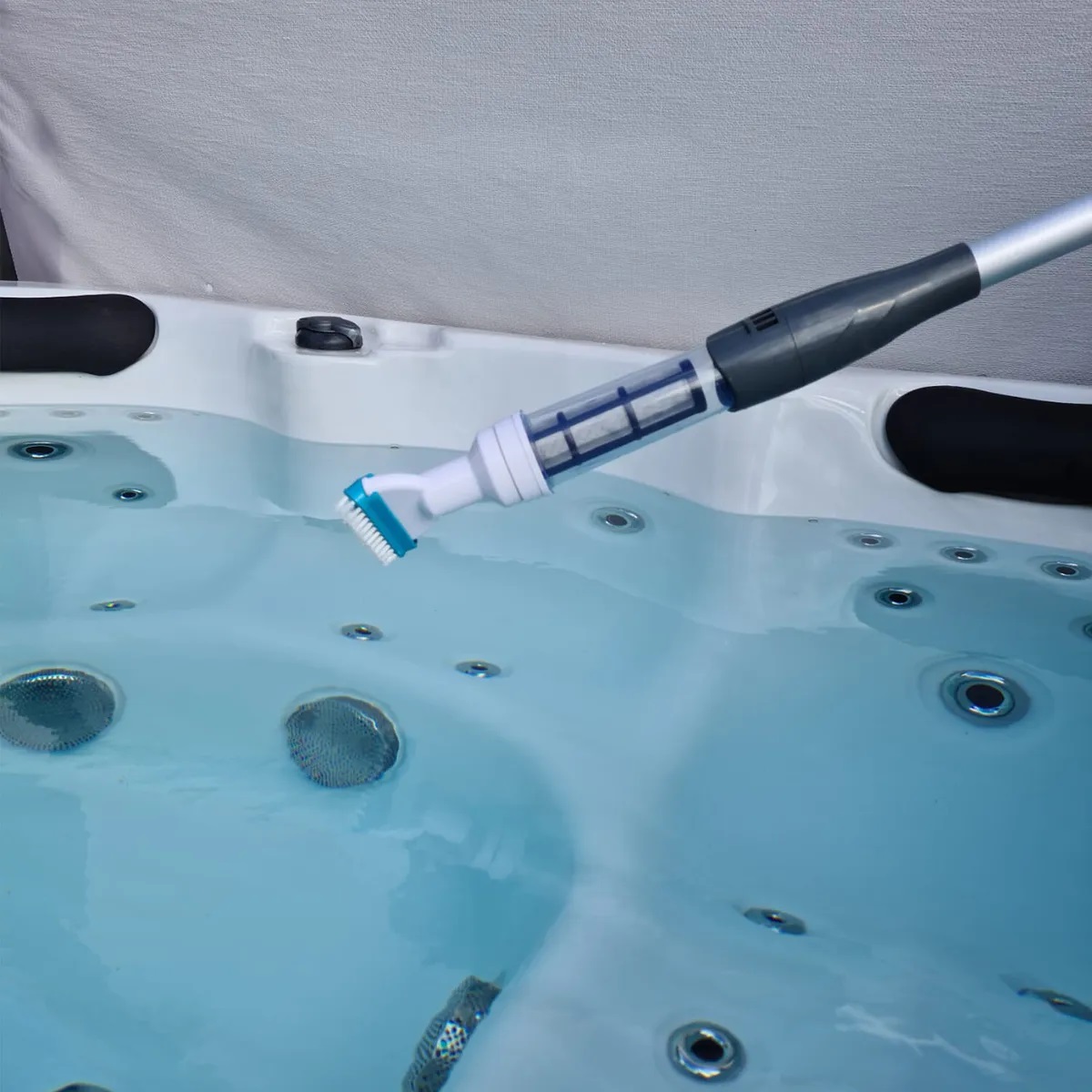
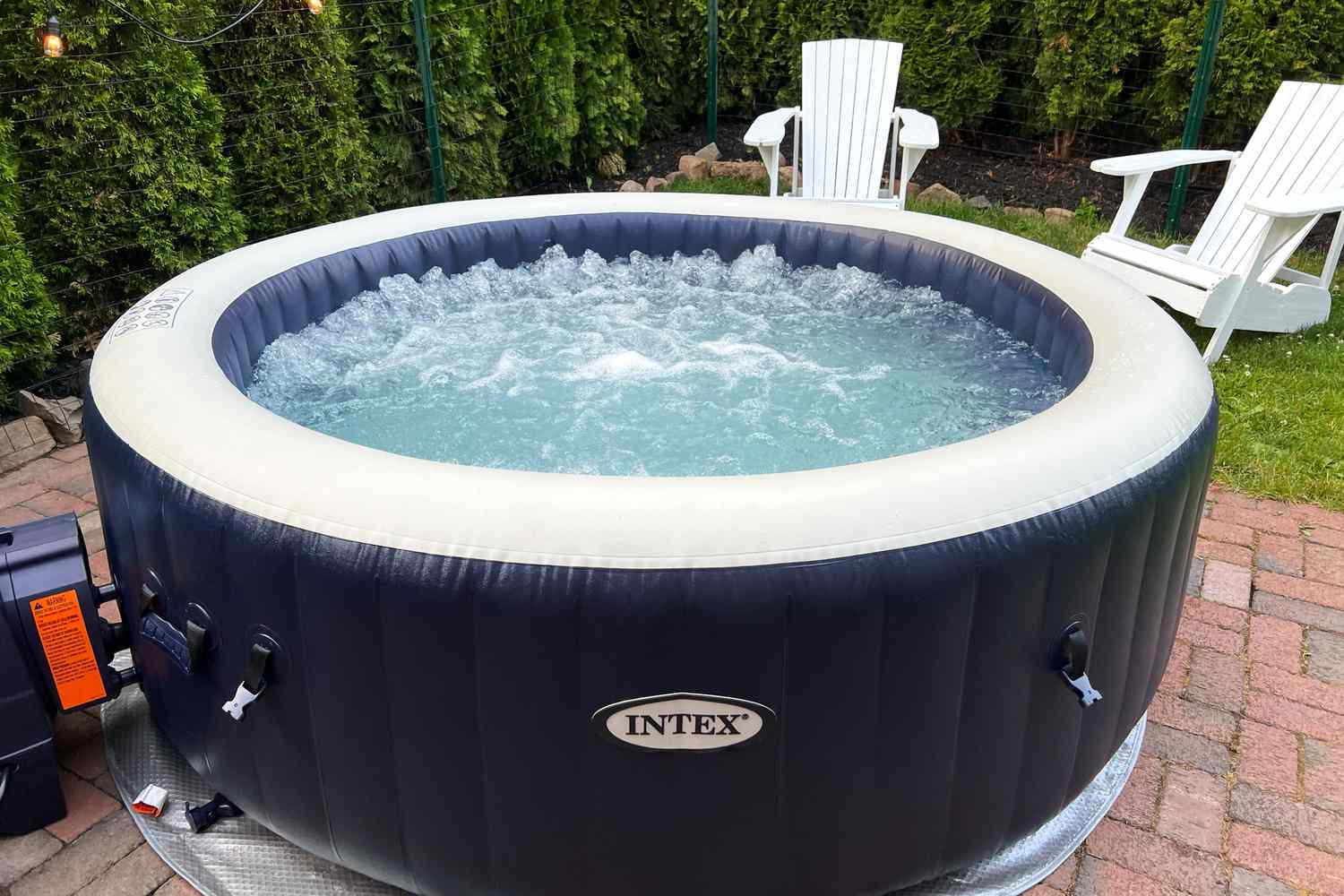
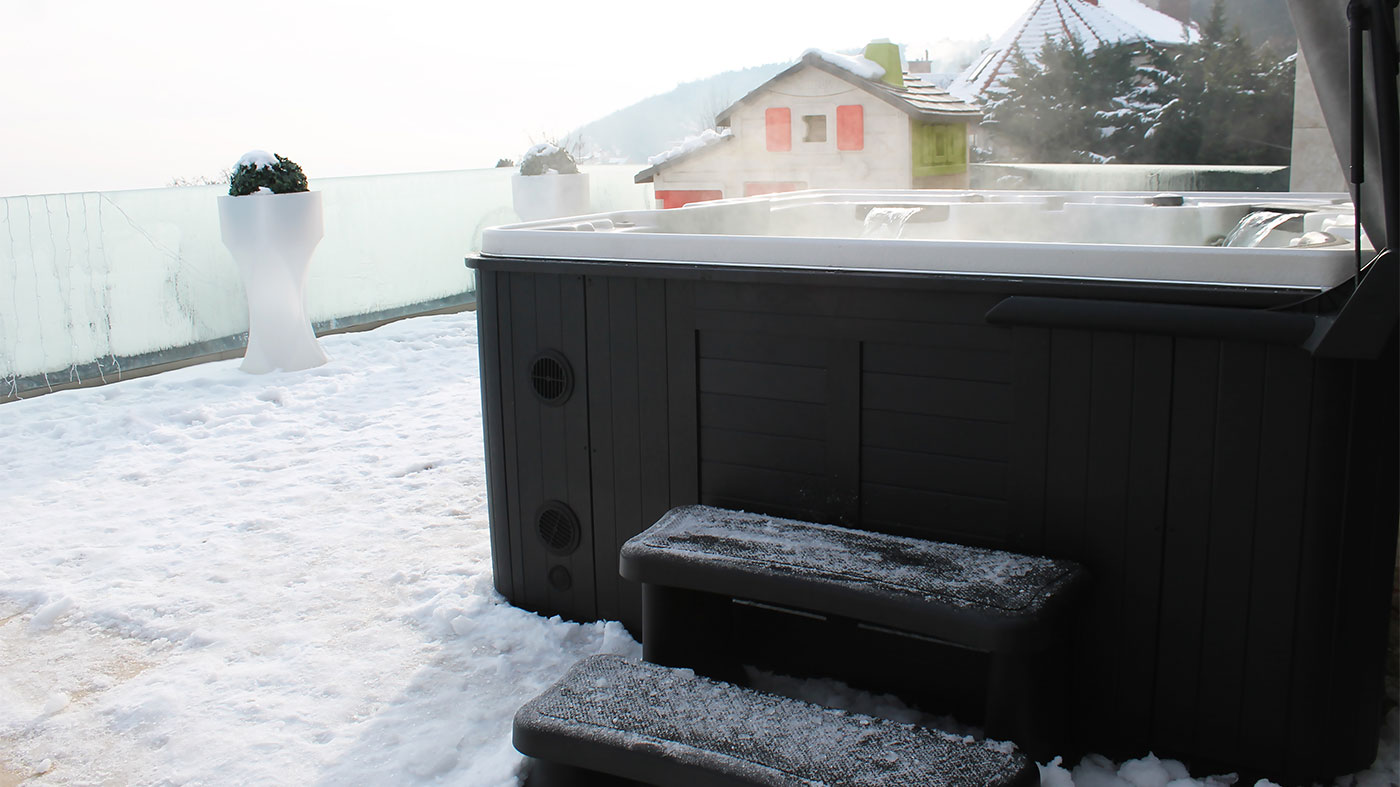
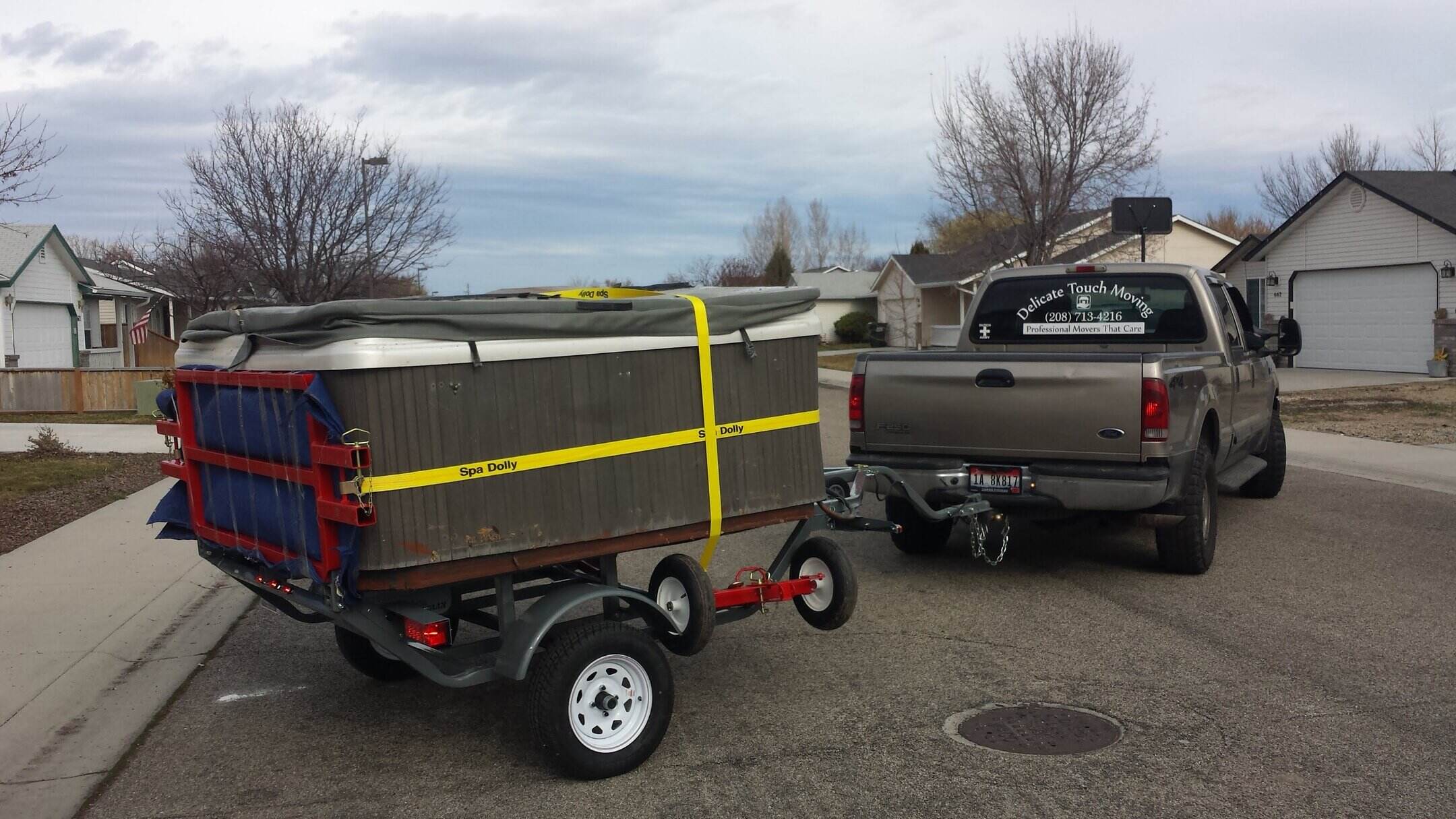
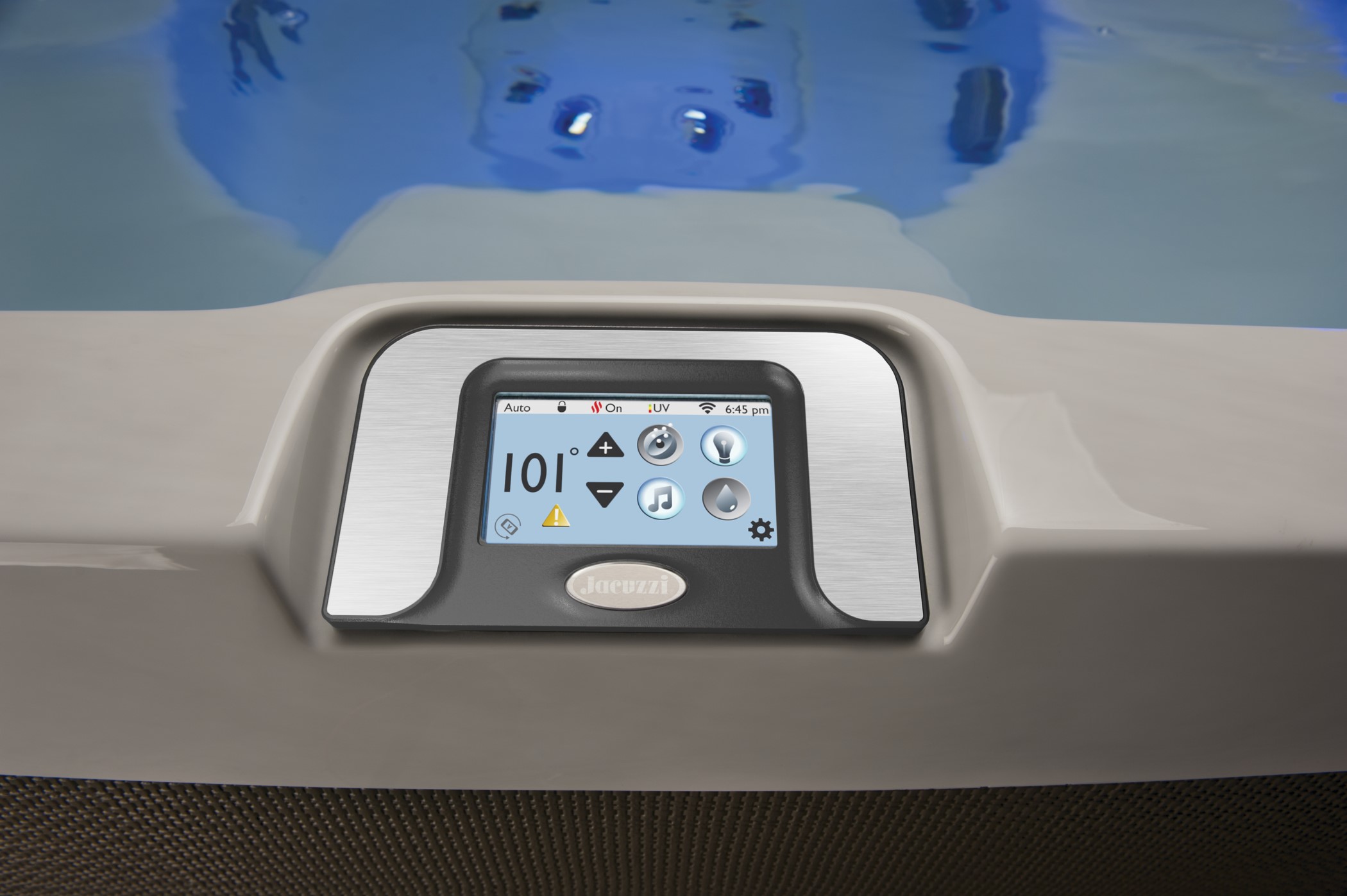

0 thoughts on “How To Waterproof A Wooden Hot Tub”